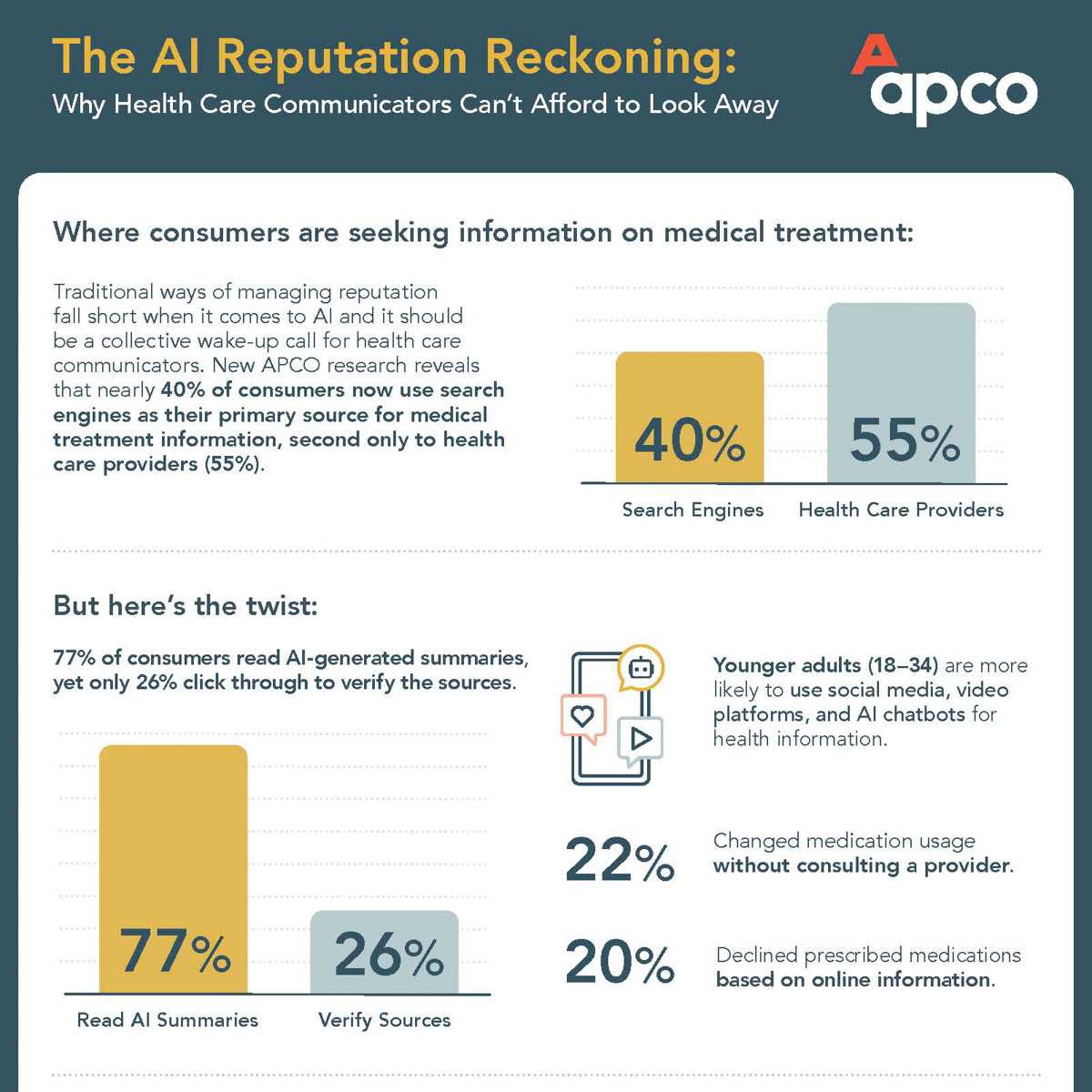

While our system for providing health care is far from perfect, there are some developments worth noting, which point us in the direction of possible future reforms and thus opportunities.
Based on the most recent data, the uninsured rate in the United States reached an all-time low of 7.7% in the first quarter of 2023 (the most recent period for which data are available). Since 2020, 6.3 million additional people got coverage. The reasons are many, but the primary drivers have been continued implementation of the 2010 Affordable Care Act and more recent enhancements to financial support for individuals enrolled in the ACA marketplace and not covered by employer-sponsored insurance or the expansion of Medicaid.
As of 2024, 41 states (including the District of Columbia) have expanded Medicaid while 10 have not. History tells us most of the holdout states are likely to expand their Medicaid programs, including states with large eligible populations like Florida and Texas, causing the uninsured rate to continue to fall. Remember that Arizona finally joined Medicaid in 1982—16 years after the program was created in 1965. Obviously, outside factors such as a recession or shifting political control of the White House or Congress could result in legislative or regulatory changes to the ACA (e.g., political gridlock allowing the enhanced ACA subsidies to expire in 2025) or other programs and cause the uninsured rate to rise. But for now, the fundamentals for relative stability in health insurance coverage rates appear to be in place.
What then, beyond refinements to the ACA, might be the next reforms to our health care system that are not focused on drug prices or artificial intelligence (those for another time)?
For 20 years or more, the health care policy making world has talked about the need to change the way we pay for health care from the dominant fee-for-service (FFS) model we currently have, to one that instead pays tied to value and the outcome of that service/treatment. The theory being that in an FFS system, the physician, hospital, pharma manufacturer or other care provider gets paid based on the volume of treatments and services delivered, largely regardless of what happens to the patient. Thus, there is little to no financial incentive to provide care differently than waiting for people to get sick, seek treatment, make a diagnosis, deliver care and services and then send them on their way. A “value-based” approach (more on the name later), on the other hand, would reimburse based on a different payment model, including models where the provider assumes financial risk and greater responsibility for the outcome of the care. It all sounds reasonable and simple. But it is not—though if you listen to the talk among different health care sectors, you might think we are already paying based on value.
What is going on and what do we need to do to move beyond pilot projects and truly evolve our health care system to embed value and improve quality and affordability?
The Need for a Better Name
First, the name, while the Washington, D.C., bubble is comfortable with the term or phrase value or value-based health care, the typical patient or consumer has no clue what this phrase means. Research shows that value-based health care sounds cheap or low-cost. But shopping for health care is not the same as looking for a new sofa. Health care is something we need, not necessarily something we want, like a new toaster oven. Patients and health care consumers often (and erroneously) equate and use higher prices as a proxy for better quality. So, if we are to move toward a new system of paying for health care, we need to match the concept of it with a word or phrase that catches the public’s attention and its trust. Better ideas could include using “patient-focused,” but even that does not capture the essence of paying more for what works, less for what doesn’t, with providers assuming greater financial risk. To truly roll this out more broadly, it needs a better name or “branding” to use today’s thinking so that patients and consumers (and key purchasers like employers) actively seek coverage and care from those plans and providers committed to value-based health care.
But even more important than the name—what is patient-focused/value-based care? How is it defined? This is where the conversation gets tricky. There is no agreement on a single definition across major health care sectors. The broad outline expressed by the Centers for Medicare and Medicaid Services (CMS) says it is “designed to focus on quality of care, provider performance and the patient experience” may be the closest we have to a general understanding of what value-based care is and is not. That said, even the CMS definition omits any mention of cost, which is a core component of value.
For patients, one of the promises of value-based care is to reduce or remove the “friction” within the health care system and simplify their experience as they move through it. Many health insurance providers are trying to align clinical and financial incentives with their network providers to reduce the friction, including directing their enrollees toward integrated, coordinated care providers and reducing administrative barriers. Elements of this include primary care practices that embed mental health services; lab services available in the office; telehealth and remote monitoring options; electronic health records (EHRs) that are interoperable and connected to all network providers; and, implementing prior authorization processes that are more highly automated and meet patients’ expectations by not creating undue delays or other barriers to care.
While still a work in progress, the government has also acted to help patients by enacting a “no surprise billing” law that is designed so that, especially in emergencies when patients are focusing on the immediate need for care, they do not have to worry whether a hospital or the doctors providing treatment are in network and will later not face a surprise bill.
Systemic Challenges
But there is still a long way to go. Besides the need to agree on a standardized, industry-wide definition of value-based care, other systemic challenges include ever-shrinking affordability due to rising prices; prescription pricing issues; acute shortages of behavioral health providers; major gaps in health equity; expansive growth in Medicare Advantage; changes to the Medicaid offering (moving to managed care model and a greater focus on social drivers of health); and, political volatility changing the direction of our health care system every few years. Moreover, we need to overcome skepticism of the value-based model from the key stakeholders (physicians, hospitals, pharmaceutical and device makers, lab services, etc.).
While many in the health care environment talk a good and supportive game, no one seems to want to be the first mover and fully disconnect from the FFS payment system; thus, the glacial pace of change.
However, despite the challenges, this evolution seems inevitable. Key questions include: Who leads? Who can bring the various stakeholders together? Who can help secure cross-sector agreement regarding a definition? The sector(s) and organization(s) that demonstrate leadership and take these on are likely to be the winners in the next major step in the future of our health care system.


